Brutal Wales Cymru Friwtalaidd – a major photographic survey of modernist Wales
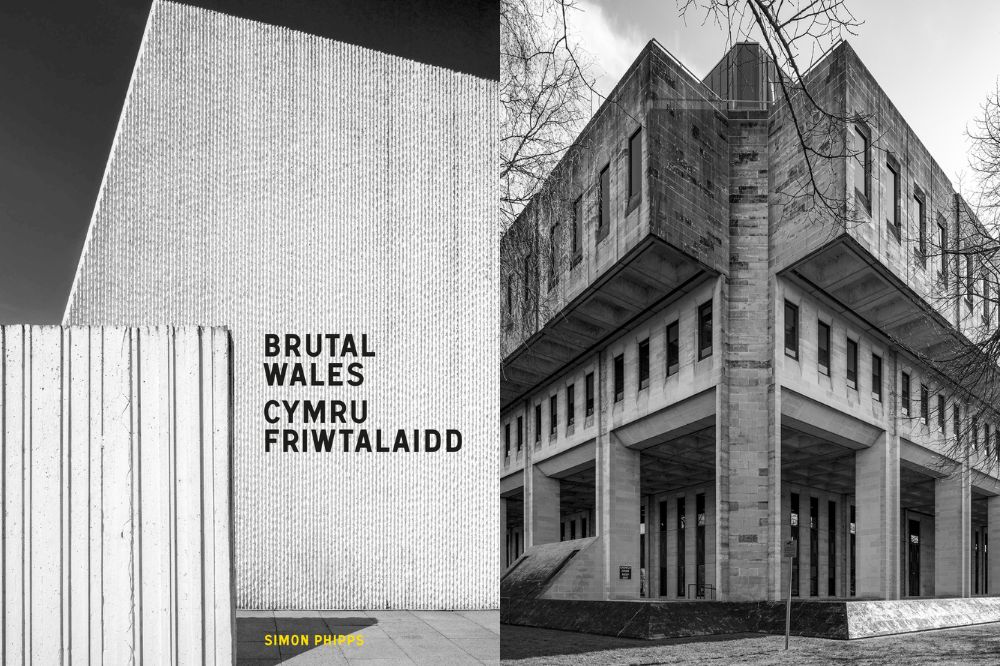
Stephen Price
To celebrate the launch of an incredible new book on Wales’ brutalist architecture, Nation.Cymru caught up with its creator, Simon Phipps to discuss the importance of these often-overlooked buildings and why the Welsh language plays an essential role in his book.
From the new town of Cwmbran, the immense Trostre Steelworks, the iconic George Street Bridge of Newport to smaller municipal projects such as Theatr Ardudwy in Harlech and libraries and schools across the land, Simon Phipps offers us an inspiring look at an era of architectural ambition and change in his latest book – Brutal Wales Cymry Friwtalaidd.
Where preserved, or sometimes simply forgotten, these buildings belong within the rugged landscapes and industrial townscapes as bold testaments of Welsh creativity and post-war renewal.
Welsh gems
Mark Durde, Professor of Photography at University of South Wales said: “Phipps’ photography provides a much-needed extensive document of the abundance and richness of an often unfeted and unseen architecture, integral to the hope and social vision that characterised the golden age of Britain’s post-war modernism.”
Wallpaper magazine’s review says: “Brutal Wales is a treat – both for lovers of brutalist architecture and concrete buildings, but also for history and photography enthusiasts, as it offers an indulgent journey through a series of established and lesser-known Welsh gems of the particular genre.”

Nation.Cymru caught up with Simon Phipps to celebrate its launch, and to discuss the importance of using and celebrating the Welsh language in the project.
What led you to do a Wales-specific book?
As you can see from my previous books Brutal London and Brutal North, I like working within thematic areas.
I was excited to move on to photographing the architecture of Wales as I knew it would be a rich and rewarding subject, as a nation state and a clearly defined area for examination.
I’ve been very keen to get to Wales for a while now as lots of the modernist buildings I wanted to capture are being demolished or altered at an alarming rate and I didn’t want to miss my chance.
Like everywhere in the UK, Wales has lost some brutal treasures – do you discuss lost buildings in this book?
The book didn’t set out to feature lost buildings but there are a number of structures that I photographed that have since been partly demolished, such as County Hall in Mold, Flintshire.
There are also images of buildings that will be destroyed soon, such as the Argoed High School in Buckley, Flintshire.
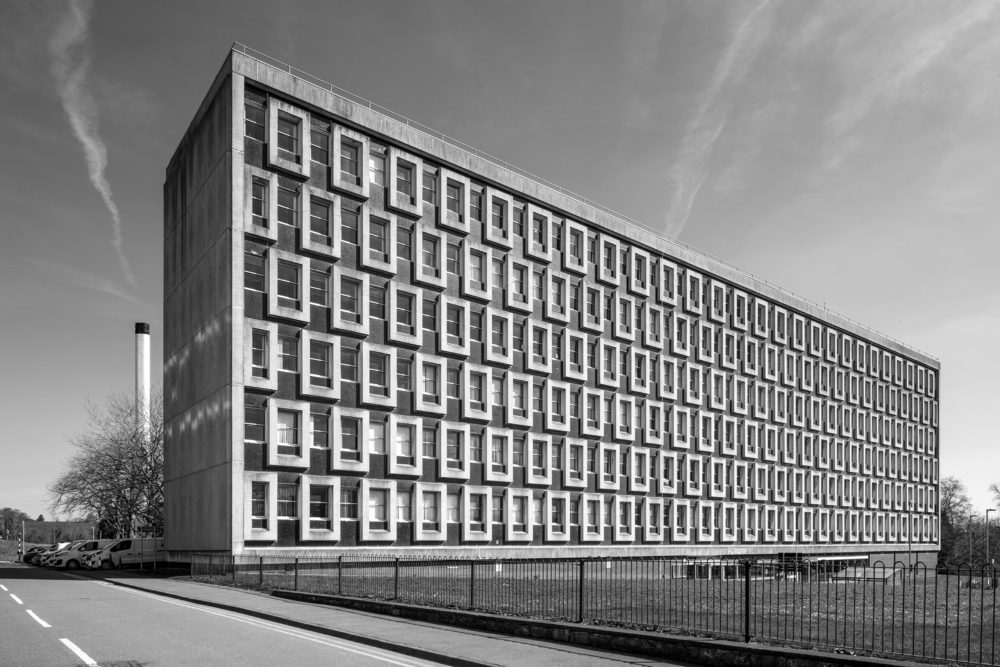
And what are some of the most notably important ones we’ve lost?
A very significant loss was the police station in Wrexham. The station was a distinctive 10-storey concrete tower dating from the mid-Seventies, located on Bodhyfryd in Wrexham. Constructed in 1973, it was demolished in 2020.
Another example is the BBC Wales Headquarters in Cardiff. Despite being dubbed as the finest post-war building in the Welsh capital, the Welsh Government decided not to list the 1967 Broadcasting House site and its demolition began in 2021.
What do you think needs to be done to protect them?
The obvious answer is to get a lot of these post-war modernist buildings listed, but I don’t think that’s always the right approach.
I think what really needs to happen is a shift in mindset in terms of how we can make these buildings functional for the twenty first century.
We should be thinking about ways in which these buildings can be readapted and revitalised for modern usage, without destroying their integrity.
We need to be inventive if we want them to live on as part of a functioning modern urbanism, otherwise they will become empty relics.
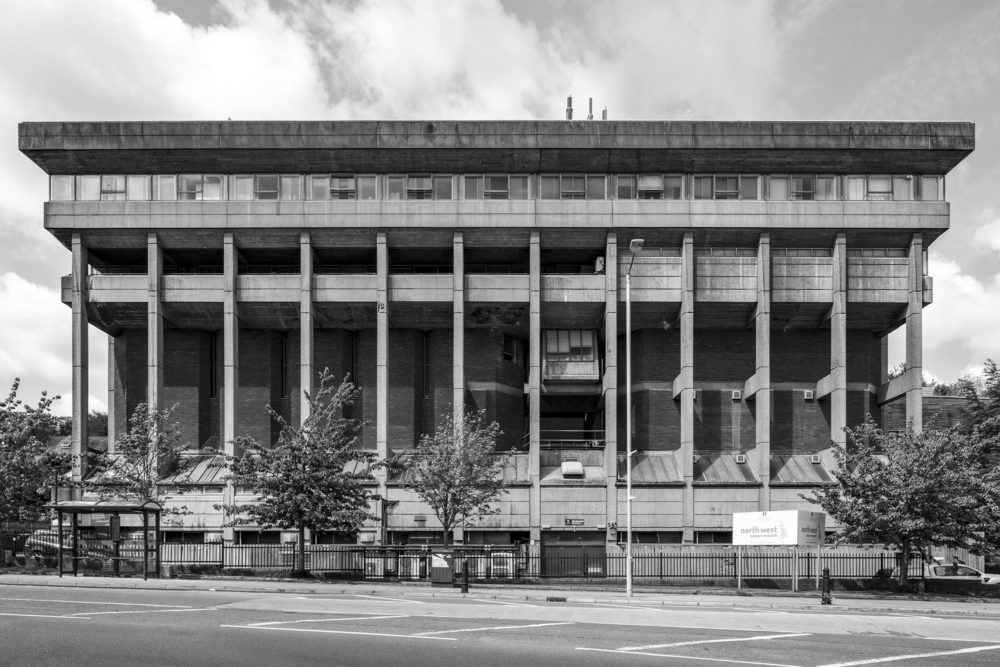
I hope Brutal Wales might go some way to changing perceptions about these buildings.
I would like my photography to build a deeper understanding and appreciation of these remarkable structures. I hope the book will inspire people to look at this familiar or forgotten architecture in new ways and recognise its beauty and power.
There’s a belief that everything is on a mega scale – do smaller, lesser-known buildings get a feature?
Yes, absolutely! There are some very obscure small-scale buildings in the book.
One of my favourites is an electricity substation in Swansea. Essentially, this structure is just a brick screen, but it’s beautifully designed and very sculptural.
There’s also the men’s hostel, a modest little tower block at the University of Wales, designed by Architects’ Co-Partnership.
How do you think brutalism fits in with other Welsh styles – and are there any notable Welsh people from the field you’d like to mention?
I should mention that Brutal Wales isn’t entirely about Brutalist architecture. The book covers all post-war modernist architecture, including Brutalism.
Post-war modernist architecture contributes to the fabric of our towns and cityscapes just as architecture from other periods does adding to the mix of styles that make our cityscapes so interesting.
It helps to tell us stories about how our modern towns and cities have developed.
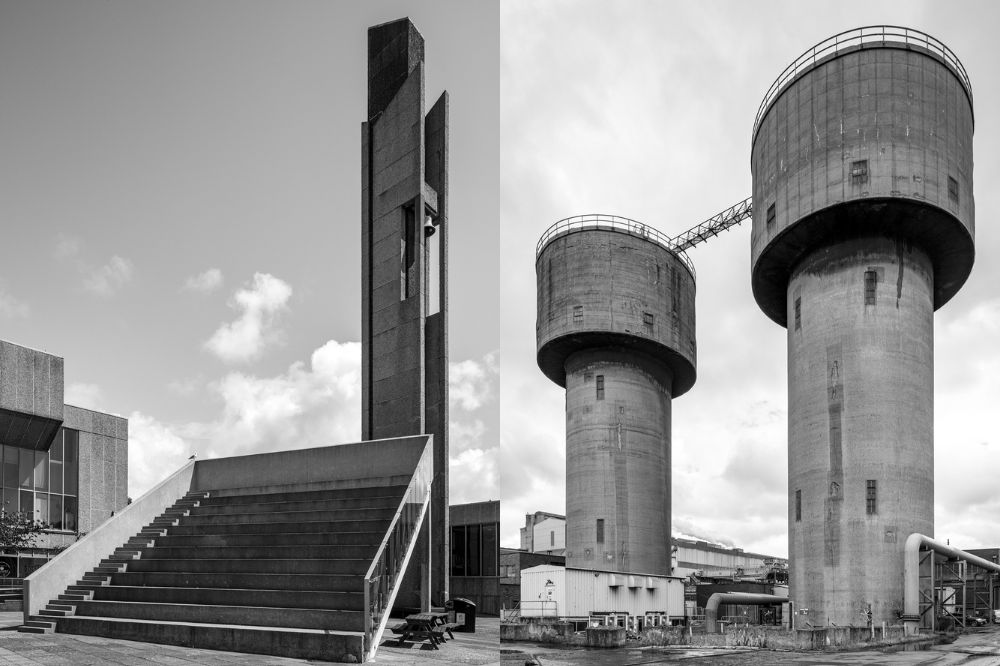
(now Tata Steel), Port Talbot. Images: Simon Phipps
The work of Dale Owen, a Welsh architect in the modernist architectural style, features heavily in the book. He is recognised as a leading figure in Welsh architecture.
He was a partner in the Percy Thomas Partnership before setting up his own architectural practice with his wife in Penarth in 1989.
Among Owen’s designs were BBC Broadcasting House, Cardiff, the entrance building and galleries of St Fagan’s National Museum of History, Cardiff, plus major developments at Cardiff University, Swansea University and Aberystwyth University.
Let us know some of your favourite buildings in Wales
Margam Crematorium in Mid-Glamorgan, by F. G. Williamson & Associates’, is stunning.
It is a remarkable ensemble of forms and is unprecedented in its sculptural brutalist expression. It is arguably the most dramatic crematorium design in Britain!
The experience of shooting this building for the book stands out for me because the light was so brilliant, providing me with dramatic light and shade for the whole day.
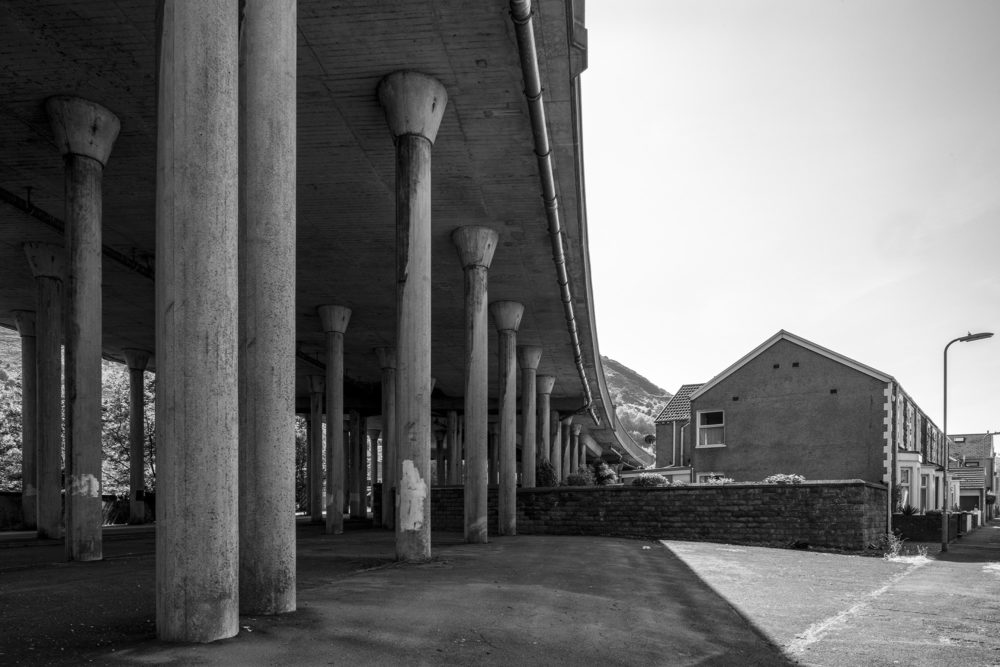
What’s the future for this style here in Wales – people think it’s of a certain era – is it(?)
Brutalist architecture is most definitely a significant element of post-war modernism – but there are some architects working today that are informed by this style and particularly by the ideas of the Smithson’s; one of the proponents of the ‘New-Brutalism’.
Most notable amongst them are Sergison Bates Architects, 6A Architects and Caruso St John Architects.
We particularly loved the bilingual element of the book – it’s not always a consideration by people within Wales let alone from outside – what led to this element?
Publishing Brutal Wales with both English and Welsh text seemed like a very natural thing to do.
This decision was inspired by spending time in Wales with Welsh people who were deeply committed to, and unrelentingly enthusiastic about, the buildings I wanted to feature.
Find out more about Brutal Wales or order a copy here.
Support our Nation today
For the price of a cup of coffee a month you can help us create an independent, not-for-profit, national news service for the people of Wales, by the people of Wales.





Cyffrous!
Does Cymru have a society that marries architecture and design? Look forward to reading this book.
Good to see this and looking forward to getting my hands on a copy of the book. Brutalism is not everyone’s cup of tea – I’m not sure it’s really mine – but it can work well in the right space, and is too often unappreciated.